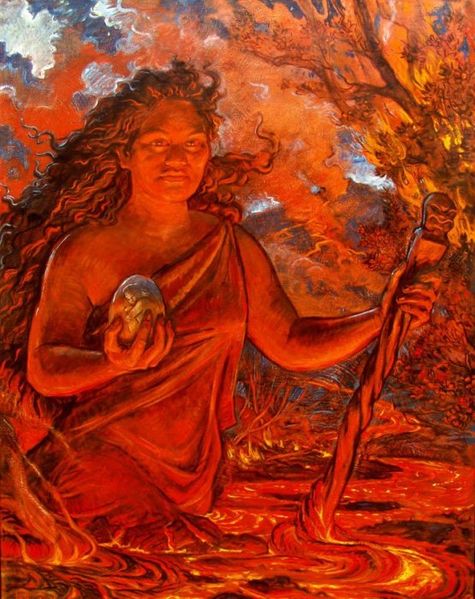
Aloha kākou. Pelehonuamea is stirring from slumber. Scientists have issued a “watch” alert level indicating that the volcano is exhibiting “heightened or escalating unrest with increased potential of eruption” under an uncertain timeframe. An “orange” aviation color code indicates the same. Although Hawai’i Volcano Observatory (HVO) reported that Kilauea is not currently erupting, with no evidence of surface lava, but they raised both the volcano alert level — from “advisory” to “watch” — and the aviation color code — from “yellow” to “orange” — in response.
HAWAIʻI VOLCANOES NATIONAL PARK – The current Volcano Alert Level for Kīlauea has been raised from ADVISORY to WATCH, and the current aviation code has been raised from YELLOW to ORANGE, amid an ongoing swarm of earthquakes beneath the south part of the volcano caldera.
I haven’t felt any earthquakes in my area of the Big Island, mostly because the activity is pretty far away in the Hawaii Volcanoes National Park area and Pāhala area. The EQ magnitudes have been in the 2 to 3.4 levels. Most tremblers are pretty shallow in depth, less than a mile. Usually, the depths are much deeper. The latest EQ map shows two swarm areas: One in the Kilauea crater area and the other by Pāhala town.

It doesn’t appear lava is flowing towards the eastern rift zone as it did in 2018. The lower East Rift Zone and 35-year-long Puʻuʻōʻō eruptions of Kīlauea had devastated the lower Puna District. With the largest subaerial flow renamed Ahu‘ailā‘au, the Forest Eater. This activity seems to isolated in the Ka’ū district. No one can say with any certainty where Pelehonuamea will move.
.

Today started with some rain and cloudy skies. It has remained cloudy and blustery all day. Tradewinds are from the southeast at 5mph with gusts at 16mph. Cloud cover is 54%. Visibility is 10 miles. We got just under 5/8th inch of precipitation in the rain gauge overnight. Temperatures are in the upper 70’s. Humidity is at 84%. Barometric pressure is 30.27 inches and dewpoint is 59 degrees. UV index is 13.
ʻAukake Iwakālua Kūmāhā, 2021
.




